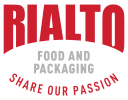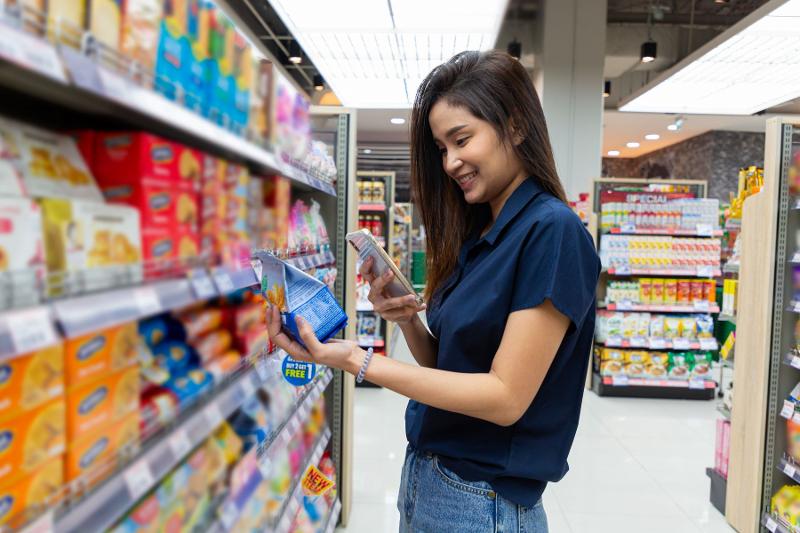In 1996 The Rome Declaration on World Food Security defined 3 components to food security being: availability, accessibility, and utilization. Later the importance of sustainability to preserve and protect the environment and natural resources was added as a dimension to food security. A definition of sustainability is the development that meets the needs of the present without compromising the ability of future generations to meet their own needs (source: Brundtland Commission). Sustainability can be considered as a pre-condition to long term food security.
Environmental resources, economic and social development are important factors to the sustainability of a region which contributes to the level of poverty, malnutrition, and hunger in a region. On the other hand, high levels of poverty, malnutrition and hunger hinders economic and social growth which has a direct impact on the food security of a particular region.
The definition of food security is “all people, at all times have physical and economic access to sufficient, safe and nutritious food that meets their dietary needs and food preferences for an active and healthy life” (source: Food & Agriculture Organization of the UN). The negative consequences of food insecurity are poor child development, poor mental development, stunting, obesity, and chronic diseases. When food is either unavailable or scarce social unrests and riots can occur due to people desperate for food.
In a situation where there are food shortages, environmental destruction and degradation of natural resources take place. When there is no protection or management of natural resources the situation only gets worse. Limited natural resources are a major threat to crop diversity and the effects of climate change are seen. Therefore, the proper management and
maintenance of the environmental sustainability of a region plays a vital role to food security. As part of good governance, the implementation of sustainability policies by governments and stakeholders are crucial to secure access to food and food availability. During the last few years, the number of undernourished people has increased due to conflict, climate change and COVID pandemic. According to the World Bank in 2021 an estimated additional 150 million are living in extreme poverty (www.worldvision.org). Although a tough problem to solve, there are solutions to improve food security. By promoting sustainable agriculture practices to reduce the massive emissions of greenhouse gases. In addition, minimizing food waste by consumers planning their grocery lists and restaurants managing their menus and not overstocking food items play a critical role in the reduction of waste.
The packaging of food has an influence on the level of food waste. Packaging’s primary function is to protect and preserve the contents. Annually one third of food produced is wasted or lost. During production time food gets lost to the market by being discarded, not packed, or disruptive supply chain and never reaches the consumer. Food waste occurs mostly at the consumer stage where products have a short shelf life or unsustainable consumption practices are implemented.
During the COVID pandemic the issue between food safety with packaging versus environmental impact was highlighted. Tetra Pak in partnership with Ipsos did some global research on consumer perceptions. 53% of the respondents considered food safety as the most important factor while 52% made sustainable packaging the top priority. This indicated that both food safety and sustainability are not in conflict with each other but rather intertwined. “The packaging of the future will play a central role in preserving both food and the environment” says Stefan Fagerang (MD Tetra Pak South Africa)
Food safety is very important to both the consumer and retailer. The consumer looks at the freshness of the food and how long it will last while the retailer wants the food to sell while fresh so not to have the cost of wasted products. Packaging and the efficiency of the supply chain have an impact on the freshness of food.
McKinsey (www.mckinsey.com) have done research on sustainable packaging and report that many consumers support sustainable packaging and are even willing to pay more. To the consumer, sustainable packaging means little or no unnecessary packaging, more recycled content in the packaging material and communicating sustainable facts.
When looking at packaging types or designs, the market in which the packaging is used is important. While food safety is a global concern certain local factors influence the packaging requirements. The affluent consumer looks for undamaged packaging with clearly marked expiry dates. In a Tetra Pak Index’s market research, it was found that 58% of the respondents considered the outer packaging as an indicator of food safety. For many South Africans food security is important to ensure that they have enough food with the money available. In this scenario the main concern is does the packaging keep the food stored as long as possible.
As a result, many consumers look for long-life packaging which is easy to carry and store. “Tetra Pak has identified the South African market as one in which it has simultaneously addressed food safety and food security,” states Francesco Francione” (market insights manager for Tetra Pak for Central Europe based in Italy).
The recyclability of packaging is a top priority to reduce the environmental impact of pollution and to divert more waste going to landfills. In November 2020 the World Wildlife Fund South Africa’s plastic report (Plastics: Facts and Futures) reported that out of the major South African municipalities only two namely, eThekwini in KwaZulu-Natal and Ekurhuleni in Gauteng had significant landfill space left. Hopefully with the mandatory EPR regulations implemented from November 2021 the situation will improve with more recycling schemes available countrywide. The EPR regulations is a two-way stream. The upstream factors are design, production processes, material choice that influence the type of packaging on the market. Downstream is what happens to the packaging on the market. Waste management, recyclability, and recovery rates of products post-consumer use determines the rate of pollution. Encouraging and implementing circular economies on a cost-effective scale are solutions to reduce the pollution problem.
Going forward to improve future food security, practices with sustainable principles need to be put in place. With the world’s population expanding and consumer demands overruling natural resources, good management, and governance with mandorary regulations can provide food security with less waste and minimal impact on the environment. Improvements and innovative designs of food packaging can meet the demands and concerns of the consumer without major impacts on the environment.
At Multicup, we have kept sustainable packaging front of mind to meet the demands of the eco-sensitive consumer with our enviro-friendly packaging offerings.









Leave A Comment
You must be logged in to post a comment.